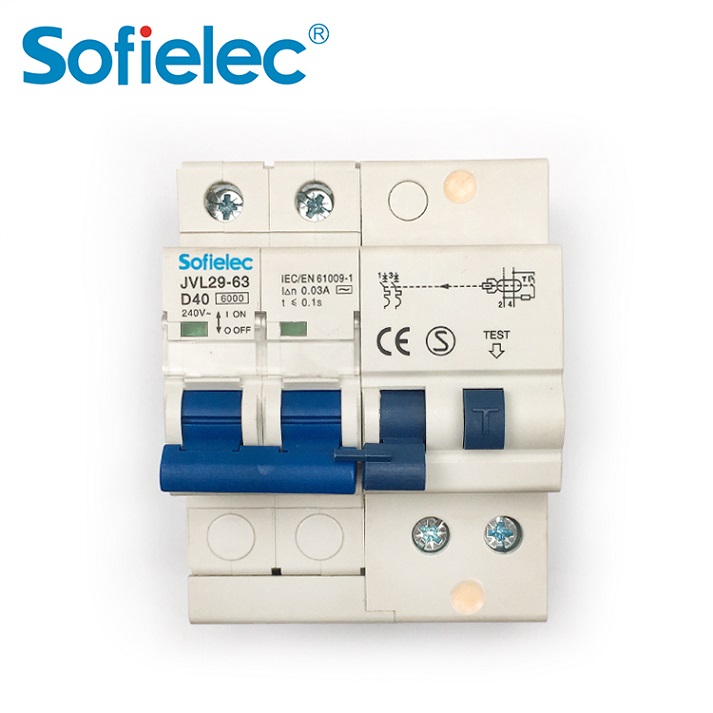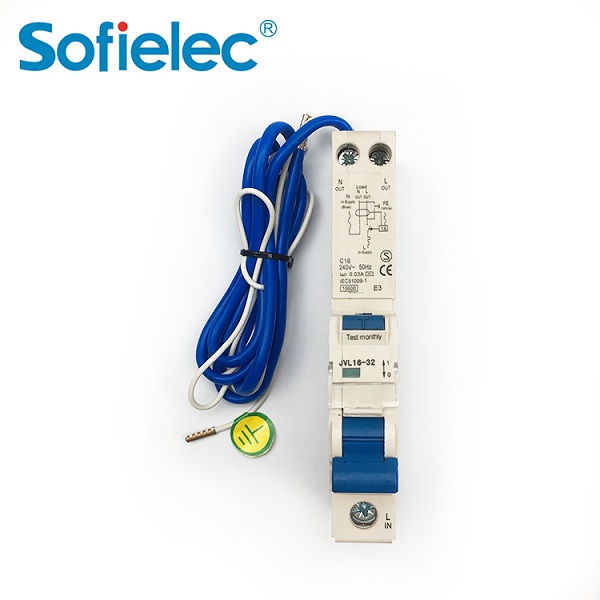How to Choos a good Automatic Assembly And Testing Line
In the modern manufacturing industry, an automatic assembly and testing line is crucial for ensuring efficiency, quality, and productivity. However, with the myriad of options available, selecting the right one can be a daunting task. This guide outlines key considerations to help you make an informed decision.
1. Production Capacity and Scalability:
Throughput Requirements: Assess your current and future production needs to ensure the line can handle the required throughput.
Flexibility for Expansion: Choose a system that can be easily scaled up or modified to accommodate increased demand or product variety.
Modular Design: Modular lines allow for easier upgrades and additions, reducing the need for complete system replacements.
Integration Capabilities: Ensure the line can integrate with existing machinery and software to maintain workflow continuity.
Spare Capacity: Having some spare capacity can help buffer against unexpected spikes in demand or downtime for maintenance.
2. Accuracy and Reliability:
Precision Components: Look for lines equipped with high-precision components to minimize defects and rework.
Robust Construction: Durability is key; choose lines made from materials that can withstand the rigors of continuous operation.
Error Detection and Correction: Advanced sensors and algorithms should be in place to detect and correct errors in real-time.
Maintenance Schedule: Regular maintenance is essential; ensure the line comes with a comprehensive maintenance plan and easily accessible parts.
Track Record: Research the vendor's track record for reliability and customer satisfaction to gauge long-term performance.
3. Technology and Automation Level:
Advanced Robotics: Consider lines with state-of-the-art robotics for tasks requiring high precision and repeatability.
AI and Machine Learning: Integration of AI and machine learning can optimize processes, predict maintenance needs, and enhance quality control.
Data Analytics: Real-time data collection and analytics tools provide insights into production efficiency, quality trends, and areas for improvement.
User-Friendly Interface: An intuitive control system simplifies operation and reduces the learning curve for new operators.
Software Compatibility: Ensure the line's software is compatible with your existing IT infrastructure and can be easily updated.
Choosing a good automatic assembly and testing line is a strategic decision that can significantly impact your manufacturing operations. By considering production capacity and scalability, accuracy and reliability, technology and automation level, as well as cost-effectiveness and vendor support, you can select a system that meets your current needs while positioning your business for future growth. Remember, thorough research, consultation with experts, and a detailed evaluation of your specific requirements will guide you towards the best solution for your manufacturing needs.



